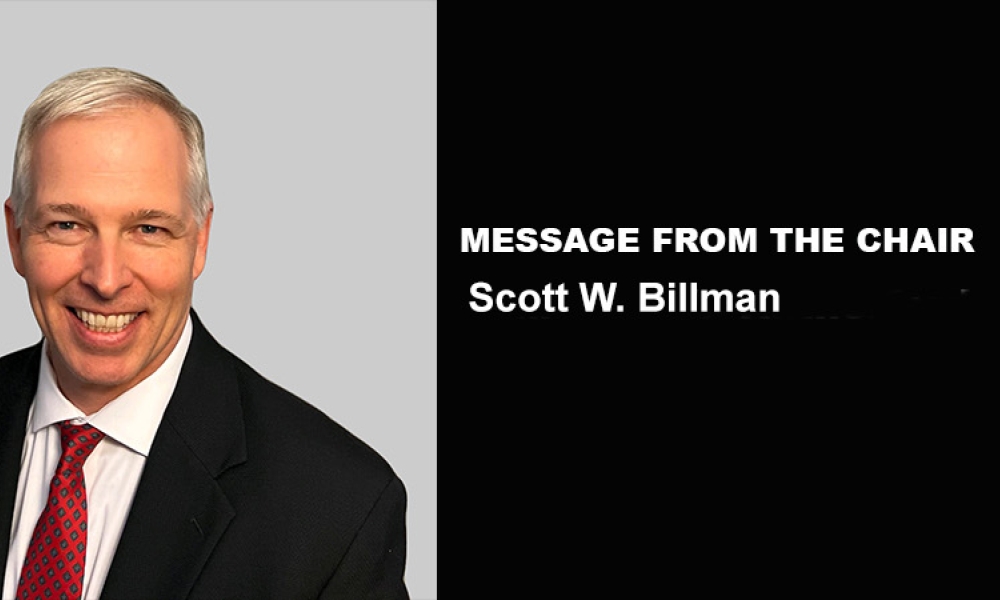Women in Pharma® Editorial: Can Communication in a Multigenerational Environment Be Inclusive?
Janette Buechler is the Executive Director of sales and marketing for Pharmatech Associates. She has been involved in Women in Pharma® since joining ISPE. Her...



